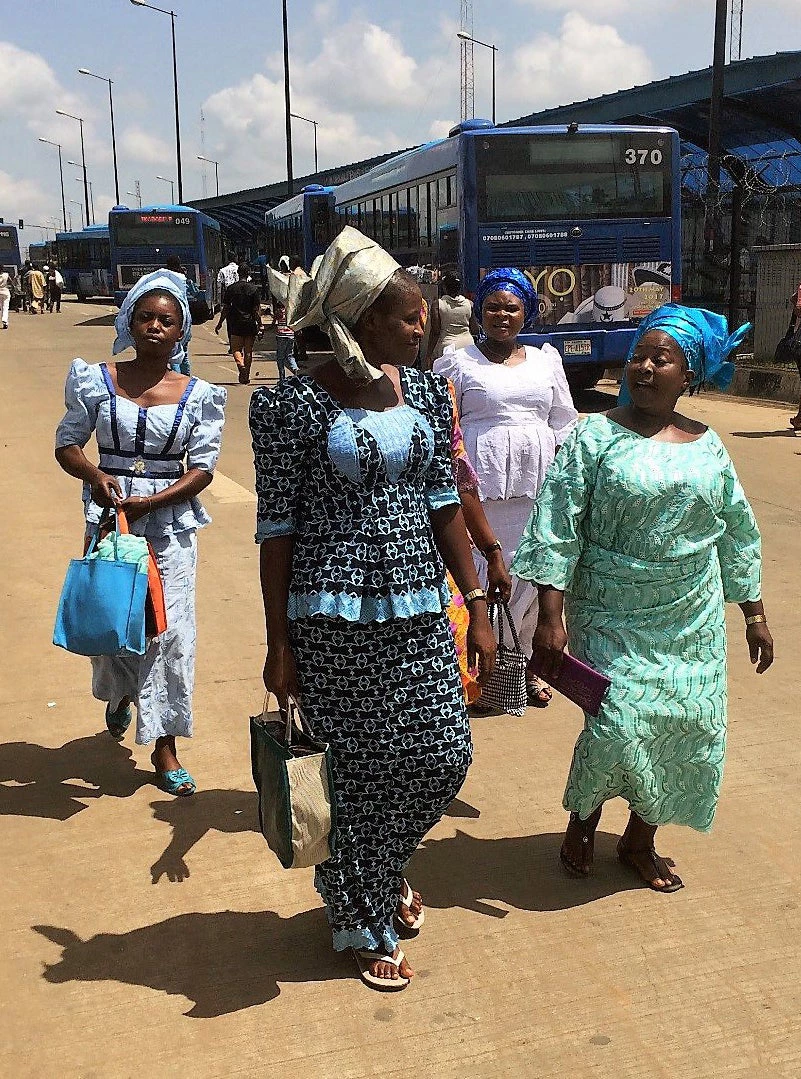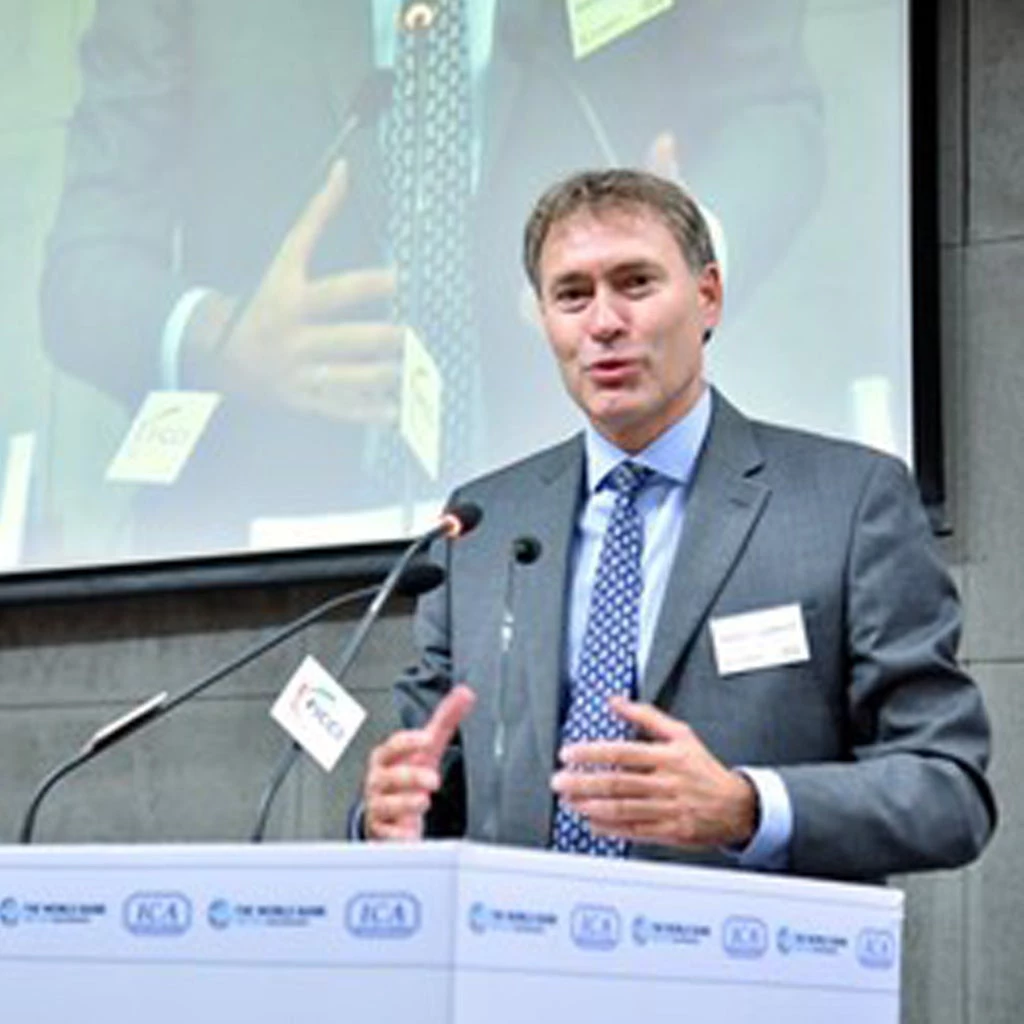
But this entrepreneurial city cannot afford to be stuck in traffic. Things started moving in 2008, when Lagos introduced Africa's first Bus Rapid Transit (BRT) corridor with technical support from the World Bank under the Lagos Urban Transport Project. The corridor was referred to as BRT-lite, a local adaptation that did not apply all the "classical" features of a BRT (level loading, fancy stations) but was well integrated with the local environment and became immediately successful. In fact, the operator was able to recoup its capital investment in the bus fleet in 18 months even without banning competitor services. The BRT services demonstrated that improving the erstwhile chaotic system was indeed possible.
Building on this success, Lagos has taken steps to improve and expand the reach of the BRT. The Second Lagos Urban Transport Project (LUTP2), supported jointly by the World Bank and the French Development Agency, provided about $325 million in 2009 toward building a 13-km extension of the BRT corridor between Mile 12 and the satellite town of Ikorodu. In addition to the BRT infrastructure, the project financed the rehabilitation and widening of the road from four to six lanes, the construction of pedestrian overpasses, a bus depot, terminals, a road bridge, measures to enhance flood resilience, as well as improved interchange and transfer facilities.
A fleet of over 300 buses serve the route. Services are provided by a private operator who takes full operational and commercial risks, on a 10-year contract with the Lagos Metropolitan Area Transport Authority (LAMATA). Three distinct services are operated along the corridor according to a service plan which LAMATA reassesses on a regular basis. To facilitate boarding, the buses have lower floors and are equipped with ramps for persons with limited mobility. Journey times have reduced from 45 to 30 minutes for over 200,000 daily commuters, and the number of people who can access Lagos’ largest market area within 45 minutes has grown by 65%. Public transport expenditure by poor households along the route in real terms has fallen by 31%; CO2 emissions on the corridor have declined by 8.5%, even while overall traffic has increased 43%; and road accidents have reduced significantly.
We had the chance to see first-hand how these relatively modest interventions are helping transform lives in Lagos. Four key successes really caught our attention.
First, on a technical level, the project has met and exceeded its development objectives, showing that there is no substitute for a well-conceived project managed by a competent implementing agency like LAMATA.
Second, the project is beginning to change the face and image of Lagos itself. Two of the project’s bus terminals, Ikeja and TBS, have created a distinctive iconography for the city, and project an image of what Lagos might become with well-conceived and well-implemented infrastructure. They use state-of-the-art system management and security monitoring equipment and techniques.
Third, the project has also allowed LAMATA, the implementing agency, to mature. The key test of an institution is whether it can prove its strength, relevance, and longevity beyond the tenure of a single individual or leadership team. It looks like LAMATA has earned its stripes: the agency, created by law in 2006, has undergone two changes in political leadership (2008 and 2015) and its first large-scale management change in 2016, yet continues to deliver efficiently and professionally.
Lastly, LUTP2 reminds us that urban transport projects can only be successful if they are:
- Comprehensive: projects should address land use-transport integration and promote multi-modal integration
- Continuous: plans, planning data, and tools have to be updated on a regular basis
- Cooperative: all stakeholders need to be involved, which requires a solid communications plan and stakeholder analysis
- Connected: projects should align with long-term transport and urban development plans
- Championed: support and ownership at the highest political level are instrumental
- Incremental: flexibility in the design is important as it allows project teams to scale up interventions incrementally, if and when needed. In the case of Lagos, the success of BRT-lite, implemented within 18 months, created awareness and appreciation of the concept, and made it politically and technically possible to embark on a more ambitious agenda as reflected under LUTP2.




Join the Conversation